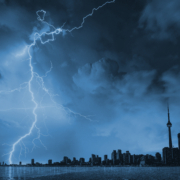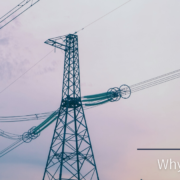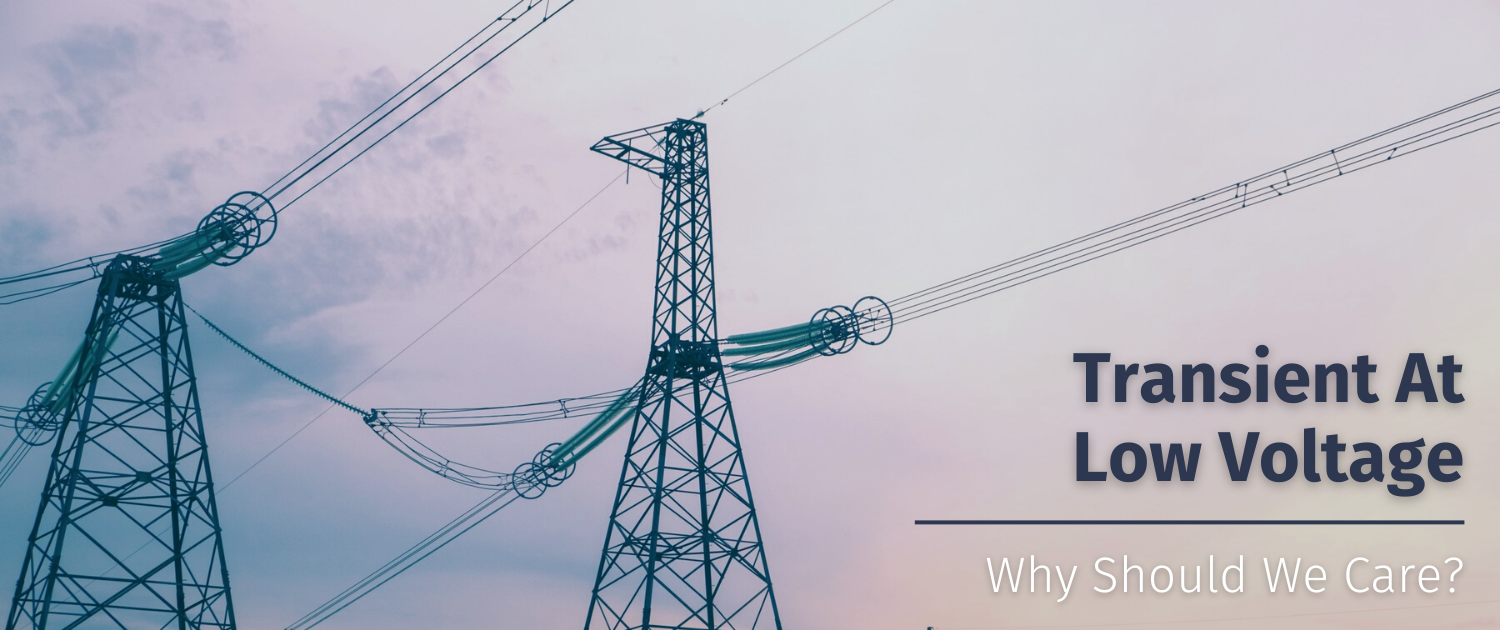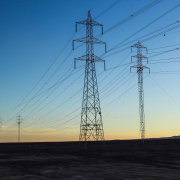Posts
Transient Voltages at Low Levels: Why Should You Care?
/in FEATURED NEWS /by ShreyaWhat are Transients?
Known more familiarly as power spikes or surges, transient voltages are momentary changes in voltage or current that occur over a short period of time, usually lasting only fractions of a second. But these “blips” can have a big impact. In fact, transient activity is believed to account for around 80-percent of all electrically-related downtime. Transients can be oscillatory, where there are voltage swings above and below the normal line voltage, or impulse transients, where there’s one quick pulse above the normal line voltage—such as the case with a lightning strike.
Lightning is the transient source people usually think of first. Transients caused by lightning are seldom a direct hit, but rather a lightning strike near a power line that creates discharge. Normal utility operations can create transients as well during the switching of facility loads or capacitor banks, tap changing on transformers, poor or loose connections, high winds, even static electricity in very dry climates.
Transients can even be generated by the powering off and on of equipment in your home or business–photocopiers, laser printers, compressors, generators, and other motors, overloading a circuit, and defective wiring.
While high-intensity power surges are rare, most heavy-duty appliances like refrigerators and air conditioners create low-level surges every day. Although the damage may not be immediate, over time these minor surges can impact the general functionality, performance, and lifespan of that electrical equipment.
Read More: Power System Transient Studies using EMTP-RV
Why do we need protection from transients?
The problem with transients is that they can negatively impact any connected electrical equipment and ultimately cause them to fail or work improperly. Motors run hot, fail prematurely, and produce additional transients in the process. Light bulbs run hotter, less efficiently, and fail early. Black rings at the end of fluorescent tubes are a clear sign of transient activity. While replacing light bulbs may not seem like a major expense or inconvenience, replacing your HVAC system or new pool system certainly are.
For this reason, electricians recommend including surge protection as part of any HVAC or pool/spa installation along with a whole house surge protector.
Also Read: Prepare For Power Surges Says Electricity Providers
What is the potential benefit of a properly selected and installed SPD?
Don’t let transient power spikes get the best of you and cost you thousands of dollars. Today’s surge protectors can mitigate both high-amplitude transient voltages and the ever present low-level transient voltages. The most effective solution is a whole house surge protector that protects the circuits directly at the electrical panel. A whole house surge protector will help protect your electronics from internal and external power surges and can double or triple the life of electrical and electronic equipment.
Protecting your entire home with a properly installed surge protection device can:
- Prevent damage to your electronic devices
- Prevent high-intensity power surges which can cause destructive fires by regulating the passage of surplus voltage
- Protect devices from the internal power surges which happen daily, prolonging their lifespan
- Save you the cost of replacing expensive equipment that becomes damaged by transients. Whole house surge protectors are a cost-effective solution.
No matter how good, surge protectors don’t last forever, particularly with high surge activity, and may need to be replaced periodically. Look for a protector that has some way of alerting you that it has failed (usually referred to as “fault identification”), such as an indicator light or audible alarm, and is no longer protecting the connected equipment. When this happens, the protector should be replaced.
Prepare For Power Surges Says Electricity Providers
/in FEATURED NEWS /by Shreya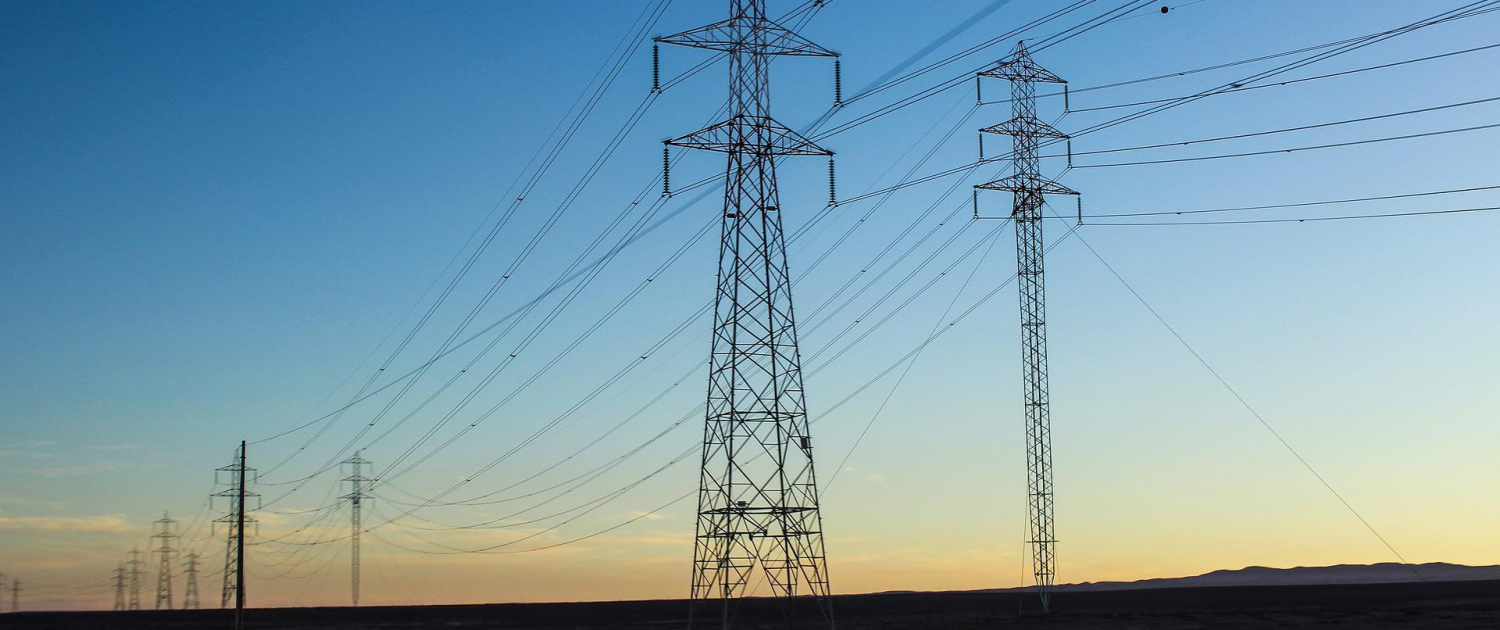
Among the growing number of consumer and industrial goods now in short supply, electricity will likely join that list alongside baby formula, semiconductor chips, building supplies, water, and aluminum.
As summer heats up and air conditioners work overtime to keep homes and businesses comfortably cool, the U.S. power grid may not have what it takes to keep the lights (and A/C) on for everyone. Rolling brownouts could be in the cards for anyone across the country.
State officials and media outlets warn consumers and businesses alike to plan for longer, more frequent outages.
Beyond the obvious (comfort, productivity, sanity), what else is at risk? Millions of dollars of electronics, appliances, and investments keep our homes and businesses running smoothly.
Read More: Electric Grid Operators Warn Of Potential Summer Blackouts
What Causes Power Surges in Electronic Systems?
Sudden power surges can happen whenever electricity is cut off and immediately reconnected. When a large-scale power grid failure occurs known as a blackout, the jump of electricity coming back on can force too much current through your electronics, which can damage them, reduce their lifespan, and cause problems with your home or business’s investments.
Brownouts are another common grid-related issue. In a brownout, the voltage provided by the power supply drops below its standard value, but the electric service is not interrupted completely.
Reduced voltage may seem better than having no voltage, but brownouts can be worse than blackouts in many cases. Electrical devices are designed for a specific voltage range and can suffer damage when exposed to a voltage that is too high or too low.
Power grids aside, epic summer thunderstorms with lightning strikes can result in the same damaging effects. Your standard North American electronic devices are rated for 120 volts.
A major lightning strike creates an electromagnetic pulse that can send millions of volts into a building or home’s electrical panel, wiring system, and connected devices, frying them instantly.
Read More: Large Parts Of The U.S Risk Blackouts Due To Heat Extreme Weather
Installing A Whole-Home Surge Protector
While many people have point-of-use surge protector strips on televisions, computers, and gaming equipment, most people forget about protecting larger appliances like their HVAC system, freezer, pool system, or even their commercial machinery.
The most effective solution is a whole-home surge protector that protects the circuits directly at the electrical panel, modulating and controlling your home’s power. A surge suppressor will help protect your electronics from internal and external power surges.
Don’t let transient power spikes get the best of you. Protect your investments. ICM Controls offers a complete catalog of Surge Protective Devices and Line Voltage Monitoring Relays designed for single and 3-phase applications.
Relevant Products:
Power Surge Protection Devices:
ICM517 – (Single-Phase 120/240 VAC, Type 2 Surge Protective Device. Max surge current 100,000 amps, NEMA 3R Rated Metal Enclosure)
Whole home:
ICM518 – (Split/Single-Phase 240 VAC, Type 1 & Type 2 Whole Home Surge Protective Device. Max surge current 100,000 amps, NEMA 4X Rated Enclosure)
ICM530 – (3-Phase Delta 240V & WYE 120V/208V, Type 1 & Type 2 Surge Protective Device. Max surge: 150,000 amps, NEMA 4X Rated Enclosure)
ICM531 – (3-Phase Delta 480V Or WYE 277V/480V, Type 1 & Type 2 Surge Protective Device. Max surge: 150,000 amps, NEMA 4X Rated Enclosure)
ICM532 – (3-Phase Delta 600V Or WYE 346V/600V, Type 1 & Type 2 Surge Protective Device. Max surge: 150,000 amps, NEMA 4X Rated Enclosure)
ICM533 – (3-Phase Delta High Leg 120V/240V, Type 1 & Type 2 Surge Protective Device. Max surge: 150,000 amps, NEMA 4X Rated Enclosure)
Voltage Monitors:
ICM492 – (Single-Phase 90/240 VAC, Line Phase Monitor, LCD Display, 5-fault memory diagnostics fault identification)
ICM450A – (3-Phase Line Phase Monitor, LCD Display, 25-fault memory diagnostics fault identification)
ICM450A+ PLUS – (3-Phase Line Phase Monitor, LCD Display, 25-fault memory diagnostics fault identification, and Modbus communication)
Combination Voltage Monitor / Surge Protection:
ICM493 – (Single-Phase 200/240 VAC, Line Phase Monitor w/ built-in Surge Protection, NEMA 3R Rated Metal Enclosure)
Find a distributor
Find a distributor nearby entering your location, to get a quote or more information about specfic products or services
CONTACT INFO
- Phone Toll Free 1-800-365-5525
- Email info@ICMControls.com
Customer Service
stay in the know
Receive the latest info on news & events, new products, special offers and more.

